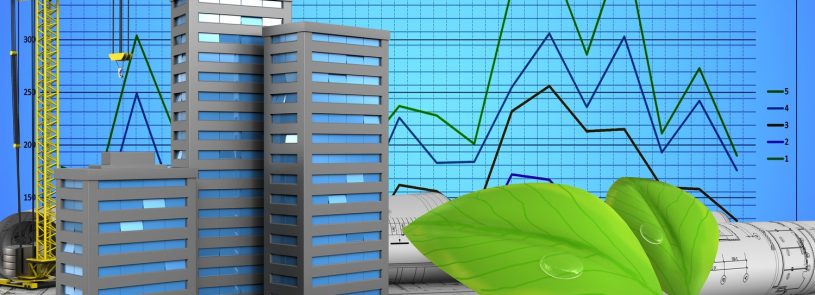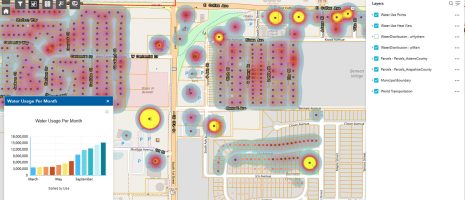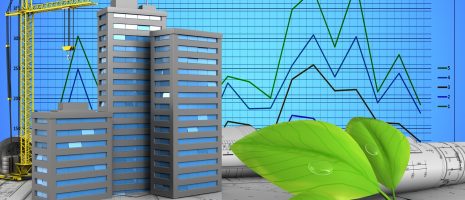Holistic Oversight: Protect your new building’s energy performance through holistic project oversight

First in a series of excerpts from the free executive guide “Concept to Consumption: Outcome-based Oversight of Building Performance.”
By Adam McMillen and Lincoln Pearce
Efficiently designed buildings often use more energy than they were intended to use – sometimes substantially more. This means owners can end up paying twice for their investment – once upfront for the more expensive, high-performance equipment and then again for unnecessary energy use if the building does not perform as designed.
However, a new, holistic project oversight method can protect an efficiently designed building from the many shortcomings that can lead to poor performance – thereby reducing the financial risk for owners who invest in high-performance design. Unlike typical design and construction projects that end at occupancy, this proactive and collaborative oversight spans a building’s life cycle, from concept to consumption.
The concept to consumption method focuses on the targeted operational performance of a completed building and leverages data to hold the entire team accountable to an outcome-based goal. This is accomplished through the implementation of four critical steps in the life of a building project:
Concept analysis and goal setting. A quantifiable energy goal paves the way for successful outcome-based performance. Concept-to-consumption oversight achieves this by identifying and targeting the building’s desired energy use intensity (EUI), which may even be included in the project’s RFP.
Design. This step develops the project’s concepts into clear and specific design documentation that specifies the solutions that will achieve the stated EUI goal and provide the means to evaluate actual building performance.
Commissioning. In the concept to consumption approach, specific commissioning tasks are completed in conjunction with the concept analysis and goal setting, design, and consumption analysis steps.
Consumption analysis and optimization. Once sufficient building operating data has been collected (approximately eight months post occupancy), a detailed performance analysis is completed to evaluate and calibrate the data and compare the results to the target EUI set at the earliest stage of the project. If the energy use is above the target, corrective measures are taken once the cause is identified.
Utilizing EUI-driven, concept-to-consumption oversight results in a lifetime high-performance building “culture,” reliable and fully understood systems, and mitigation of financial risk. Having a consistent partner provide this oversight ensures continuity, keeps the outcome-based performance goal front and center, and eliminates the “cold hand-offs” from one stakeholder to another that traditionally occur at the end of each project phase.
For detailed information on putting concept-to-consumption oversight into practice, download our free executive guide here.
Next: Holistic oversight part 2: Set your building’s EUI and make it the benchmark for project success













